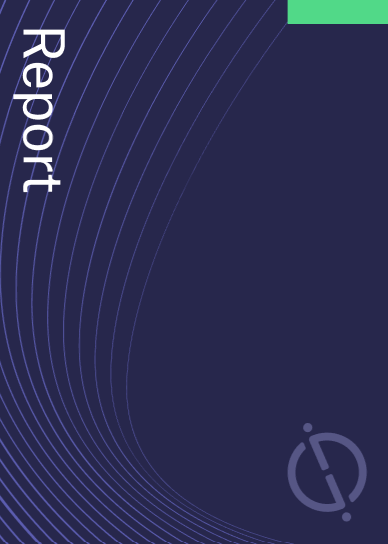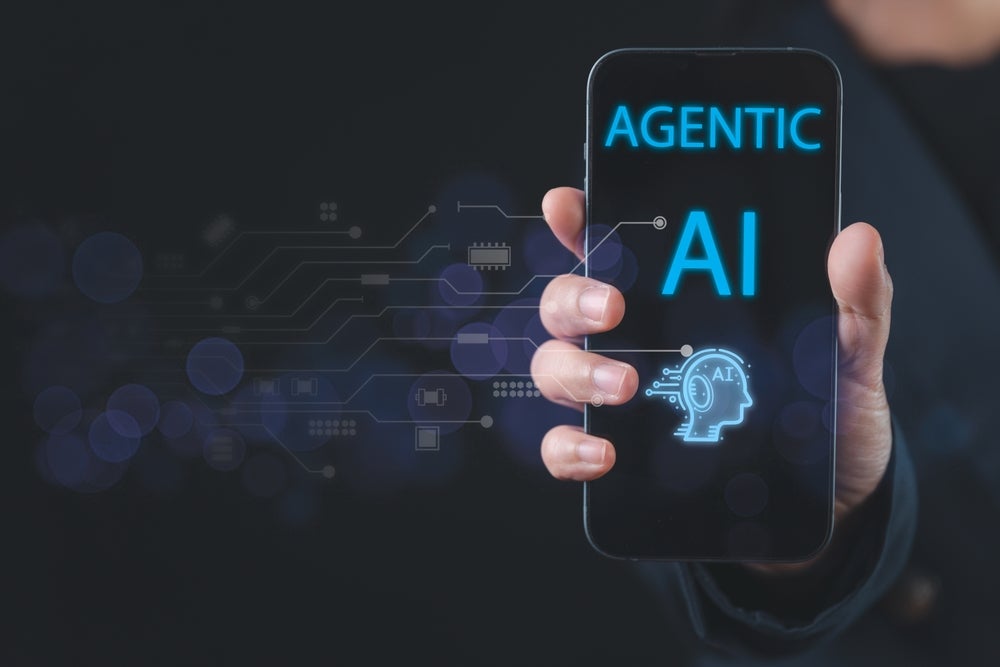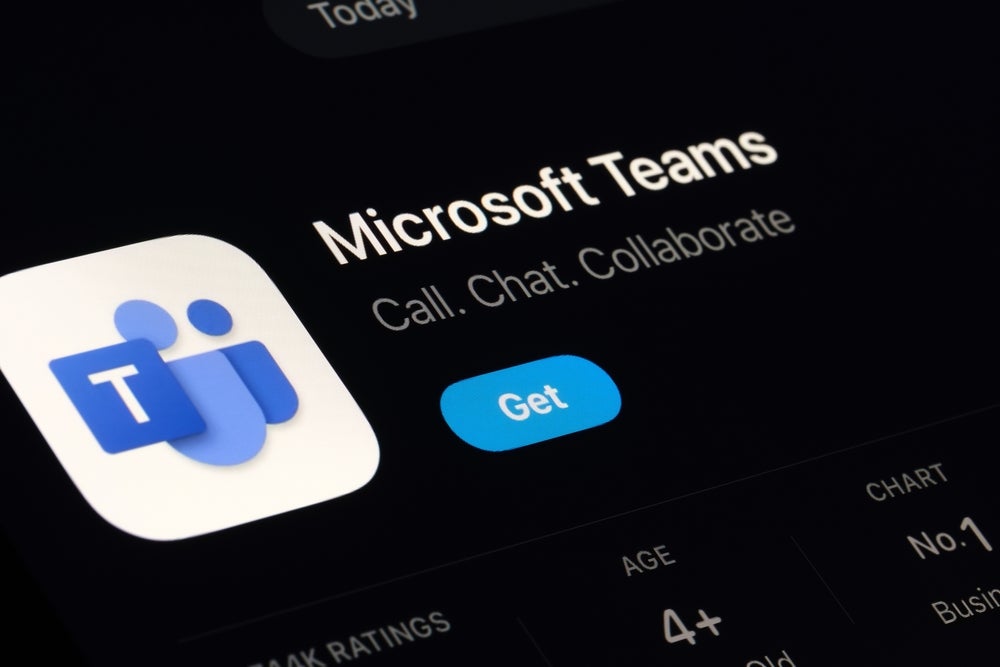Sift Science has been granted a patent for a method that uses machine learning to detect automated fraud or abuse attacks. The method involves identifying digital events associated with suspected attacks, creating a digital activity signature based on the activity, computing an encoded representation of the signature using machine learning models, searching a fraud or abuse signature registry, determining the origin of the event, and implementing threat mitigation actions accordingly. GlobalData’s report on Sift Science gives a 360-degree view of the company including its patenting strategy. Buy the report here.

Access deeper industry intelligence
Experience unmatched clarity with a single platform that combines unique data, AI, and human expertise.
According to GlobalData’s company profile on Sift Science, AI-assisted threat classification was a key innovation area identified from patents. Sift Science's grant share as of September 2023 was 79%. Grant share is based on the ratio of number of grants to total number of patents.
Machine learning-based detection of automated fraud or abuse attacks
A recently granted patent (Publication Number: US11777962B2) describes a method for machine learning-based detection of automated fraud or abuse attacks. The method involves identifying a digital event associated with a suspected attack and deriving a corpus of feature data based on the event. A digital activity signature is then composed, which represents the attack's digital activity in a graphical, time-based format. This signature visually indicates the value of different features for each target digital event.
The method utilizes machine learning models to compute an encoded representation of the digital activity signature. It then searches an automated fraud or abuse signature registry, which contains distinct clusters of labeled digital fraud or abuse. The search involves calculating the distance between the encoded representation and the centroid of each cluster, identifying clusters within a threshold distance. By searching the registry, the method determines whether the digital event is associated with an automated fraud or abuse attack. If it is, one or more automated threat mitigation actions are selectively implemented.
The patent also describes the construction of the automated fraud or abuse signature registry. This involves composing distinct digital activity signatures for different types of attacks, computing encoded representations, and using unsupervised machine learning models to predict clusters of digital activity signatures. Metadata is associated with each cluster, attributing an automated fraud or abuse attack label.
The method further includes executing an automated fraud or abuse detection workflow, which consists of various digital threat mitigation routes. These routes handle the digital event based on its characteristics, such as low-throughput, low-volume attacks or high-throughput, high-volume attacks. The method also involves computing distinct velocity-informative and count-informative features for the digital event, which contribute to the decision-making process.
Overall, this patented method offers a machine learning-based approach to detect and mitigate automated fraud or abuse attacks. By analyzing digital activity signatures and searching a signature registry, the method can accurately identify the origin of a digital event and implement appropriate threat mitigation actions.
To know more about GlobalData’s detailed insights on Sift Science, buy the report here.
Data Insights
From

The gold standard of business intelligence.
Blending expert knowledge with cutting-edge technology, GlobalData’s unrivalled proprietary data will enable you to decode what’s happening in your market. You can make better informed decisions and gain a future-proof advantage over your competitors.







